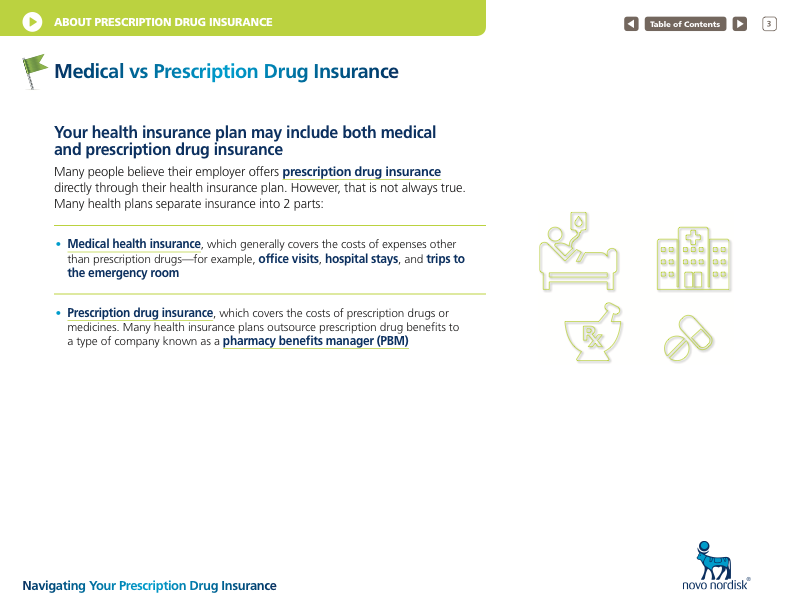Your Health Insurance and Prescription Drugs: Navigating the Fine Print

Dealing with a medical condition can be overwhelming, and the last thing you want to worry about is whether your health insurance will cover the prescription drugs you need. The sad truth is that many people are shocked to discover that their insurance doesn’t cover certain medications, leaving them with hefty bills to pay out of pocket.
But there’s good news: with a little planning and research, you can ensure that your health insurance is working for you, not against you. Here’s what you need to know:
1. Choose a plan that covers your medications
When selecting a health insurance plan, it’s essential to check if it covers the prescription drugs you take regularly. Look for plans that offer a comprehensive formulary, which is a list of medications covered by the plan. You can usually find this information on the insurance provider’s website or by calling their customer service.
2. Check for exclusions and limitations
Even if your plan covers a particular medication, there may be exclusions or limitations that apply. For example, some plans might only cover a certain dosage or brand of the medication. Be sure to review your plan’s exclusions and limitations before committing to a specific plan.
3. Understand the copayment structure
Copayments, also known as copays, are the out-of-pocket costs you pay for each prescription medication. Some plans have different copay tiers for different types of medications, while others have a flat fee. Make sure you understand how much you’ll need to pay for each prescription.
4. Look for prescription assistance programs
Many pharmaceutical companies offer assistance programs that can help reduce the cost of prescription medications. These programs may be available to individuals who are uninsured or underinsured. Research the manufacturer of your medication to see if they offer any assistance programs.
5. Consider a Health Savings Account (HSA)
A Health Savings Account (HSA) allows you to set aside pre-tax dollars for medical expenses, including prescription medications. HSAs are available to individuals who have a high-deductible health plan (HDHP). If you’re eligible, an HSA can be a great way to save money on prescription medications.
6. Review and revise your plan each year
Health insurance plans can change from year to year, so it’s essential to review your plan annually and make adjustments as needed. If you’re unhappy with your current plan or if your medication needs change, don’t hesitate to explore other options.
7. Don’t be afraid to ask for help
Navigating the world of health insurance can be complicated, but you don’t have to do it alone. Reach out to your insurance provider’s customer service team or a licensed health insurance agent for guidance on selecting a plan that meets your needs. If you’re having trouble paying for a prescription medication, don’t hesitate to ask your doctor or pharmacist for help finding an affordable alternative.
In conclusion, ensuring that your health insurance covers prescription drugs requires some research and planning, but the payoff is well worth it. By following these steps, you’ll be better equipped to manage your medical expenses and get the treatment you need without breaking the bank. Remember, your health is worth the investment – take the time to choose a plan that works for you.




